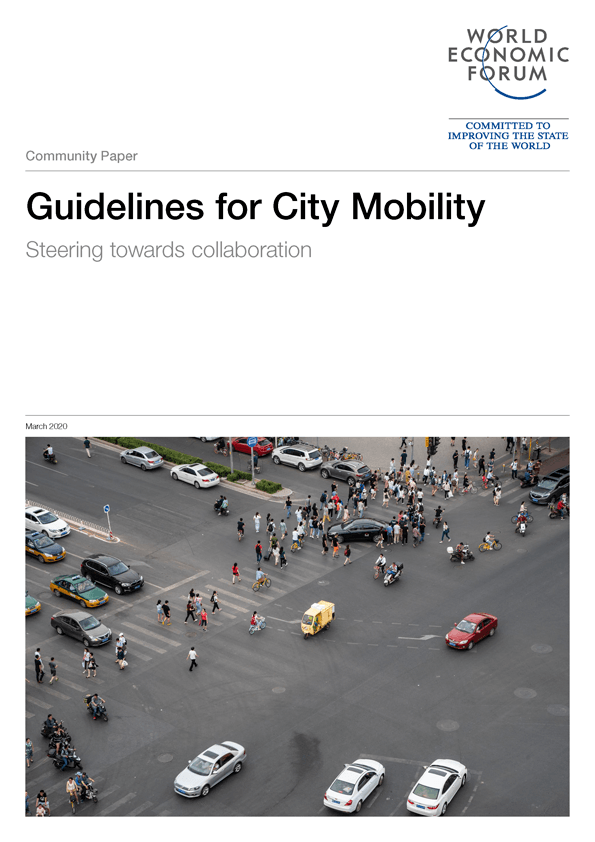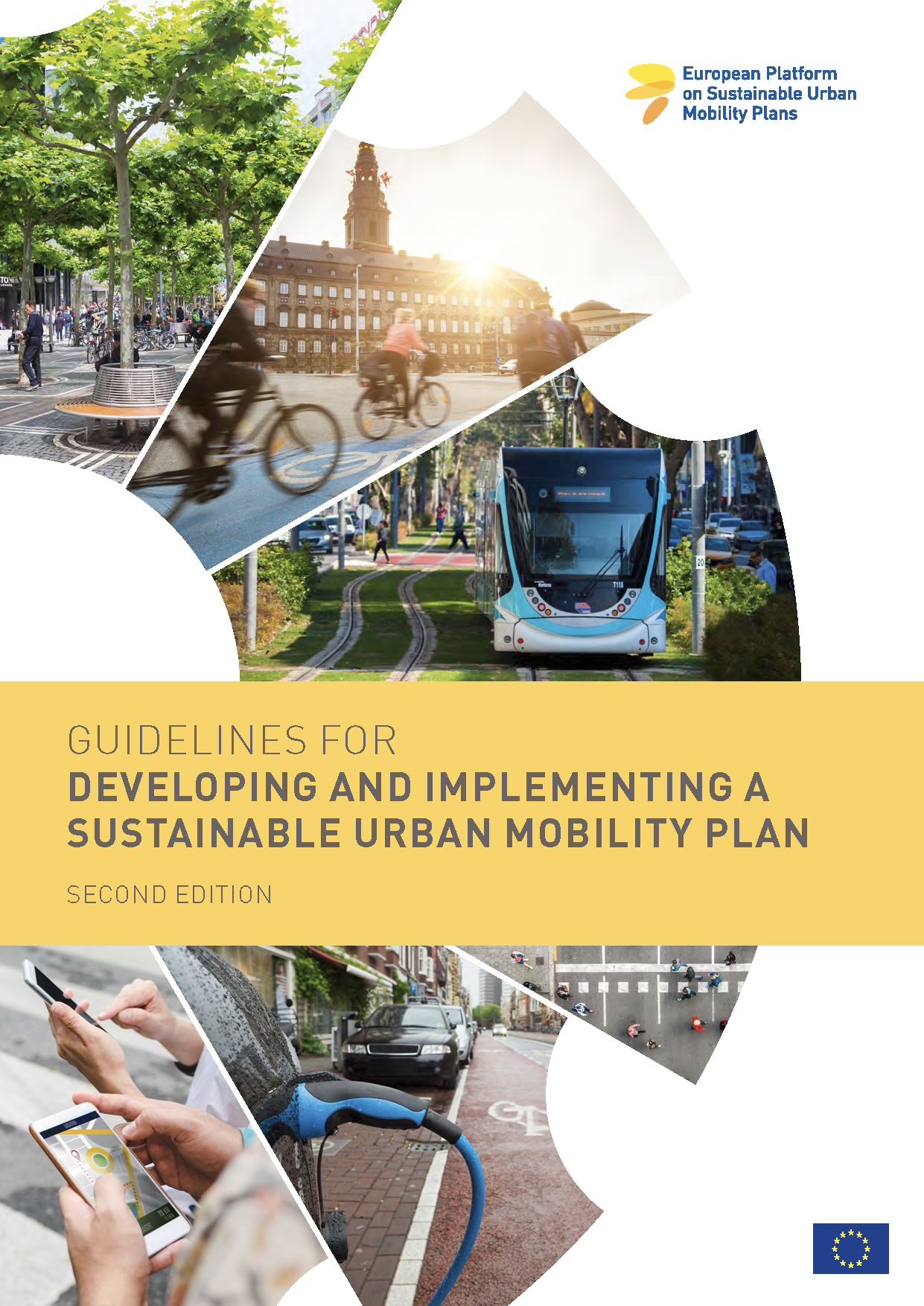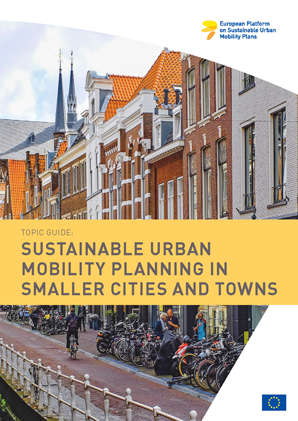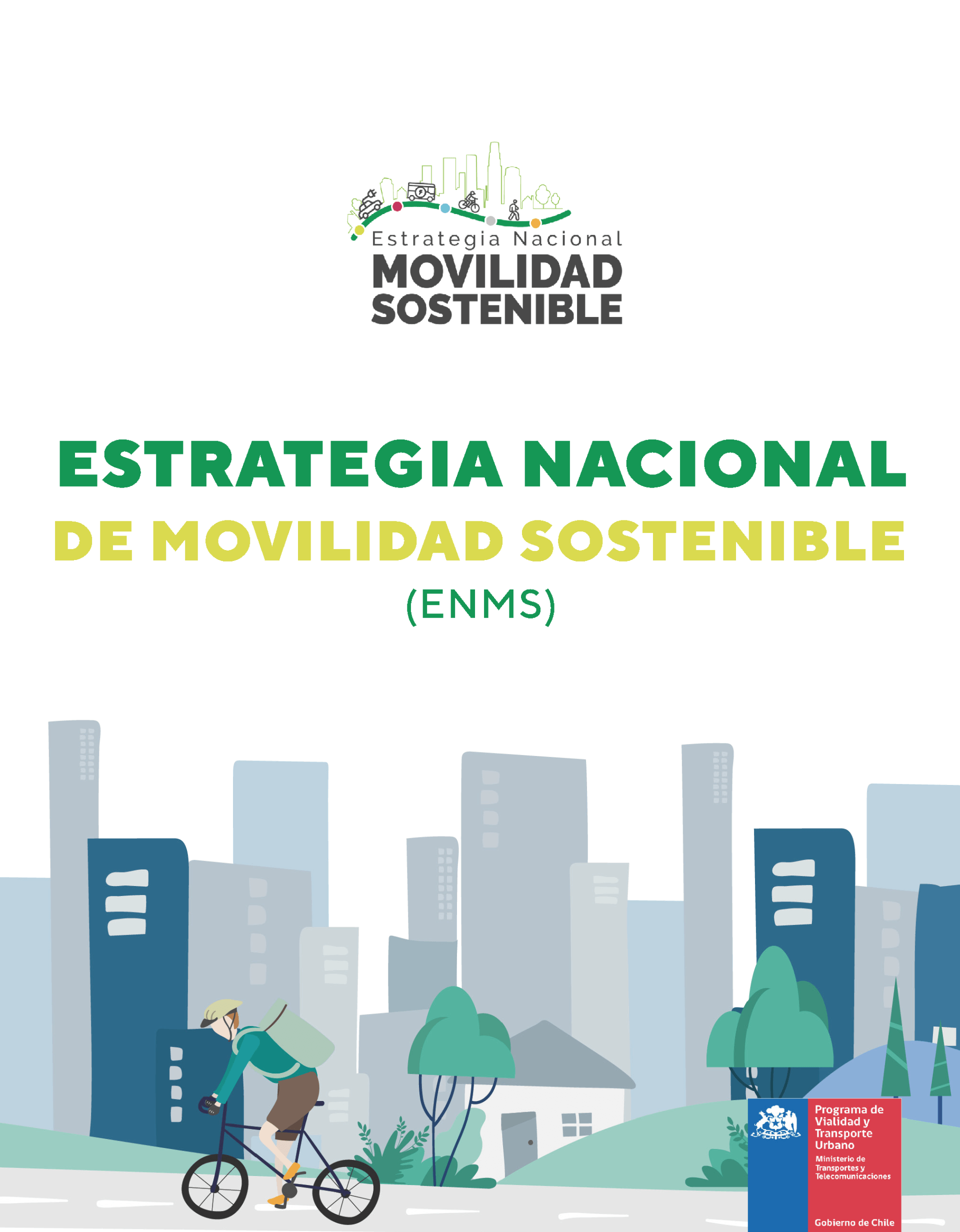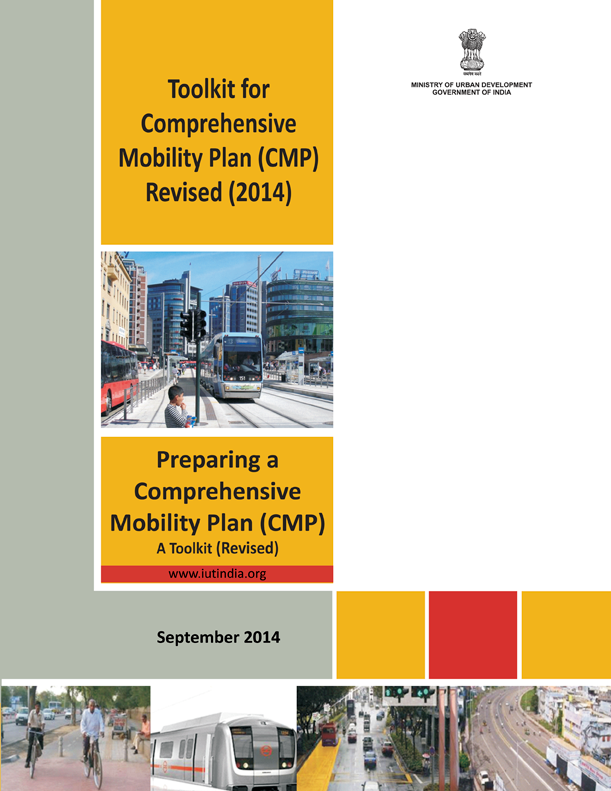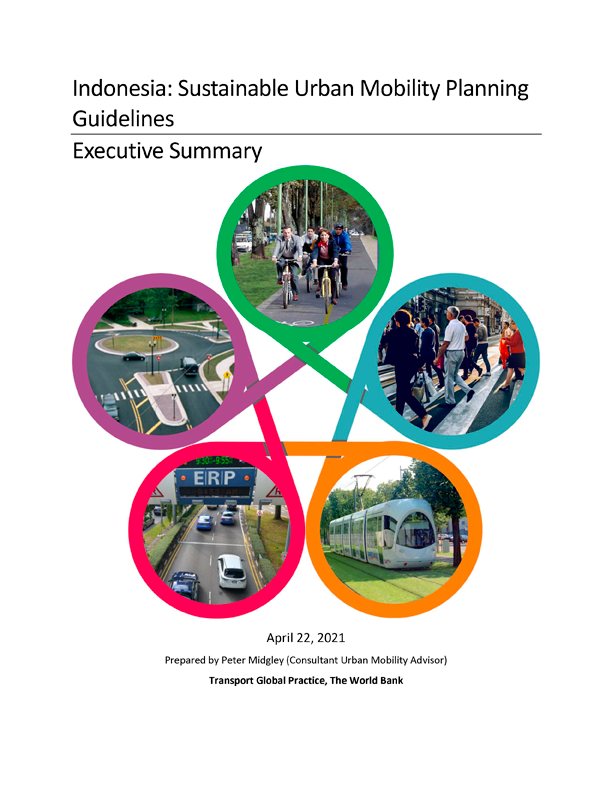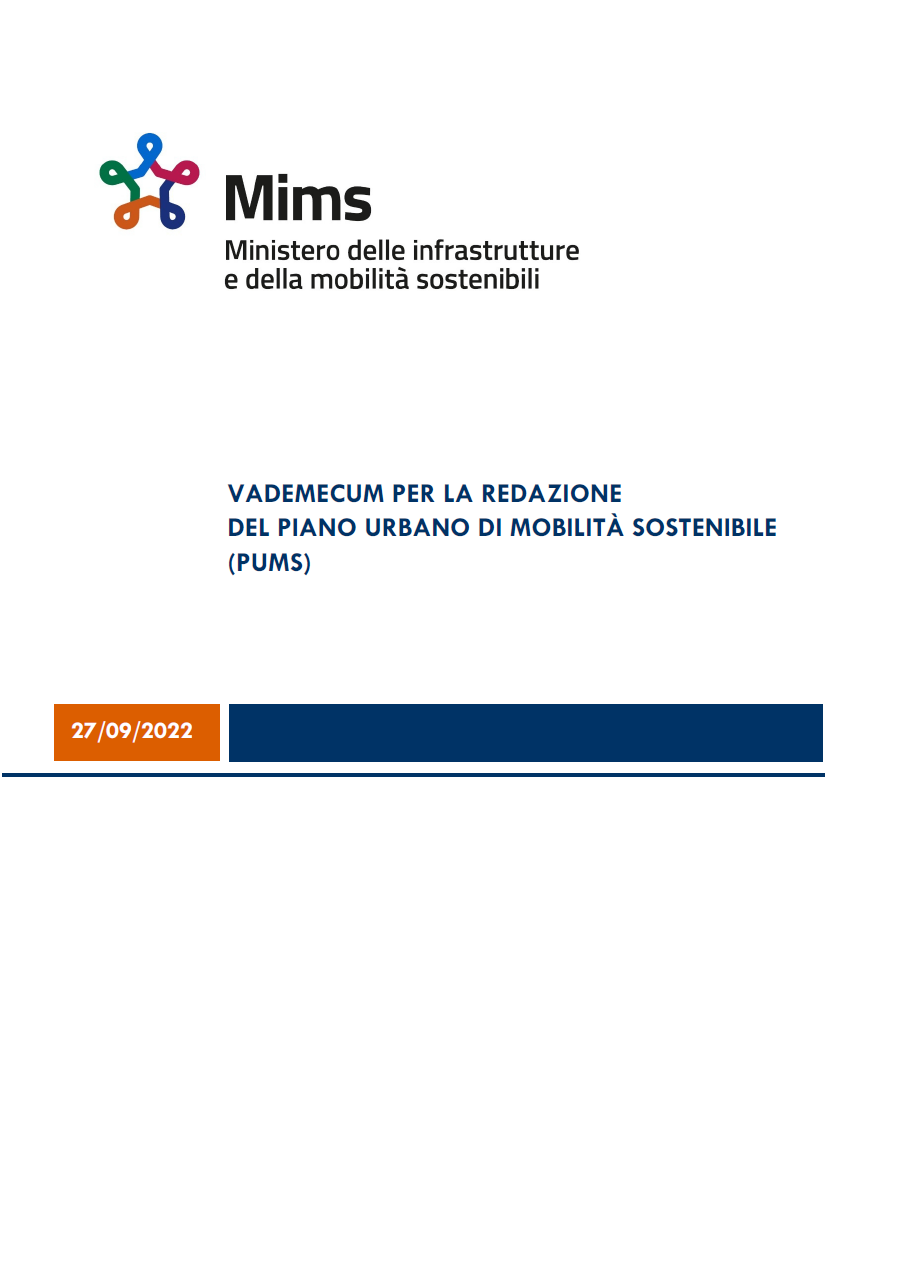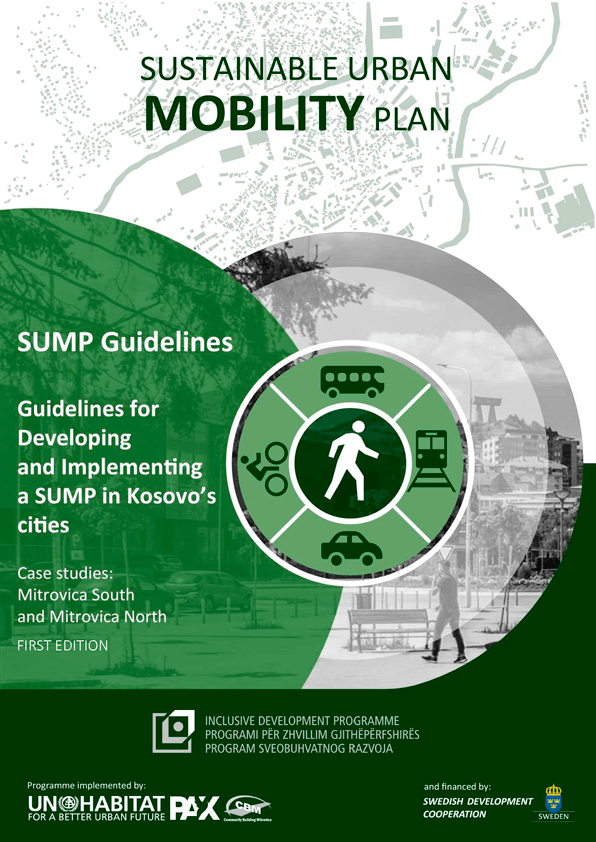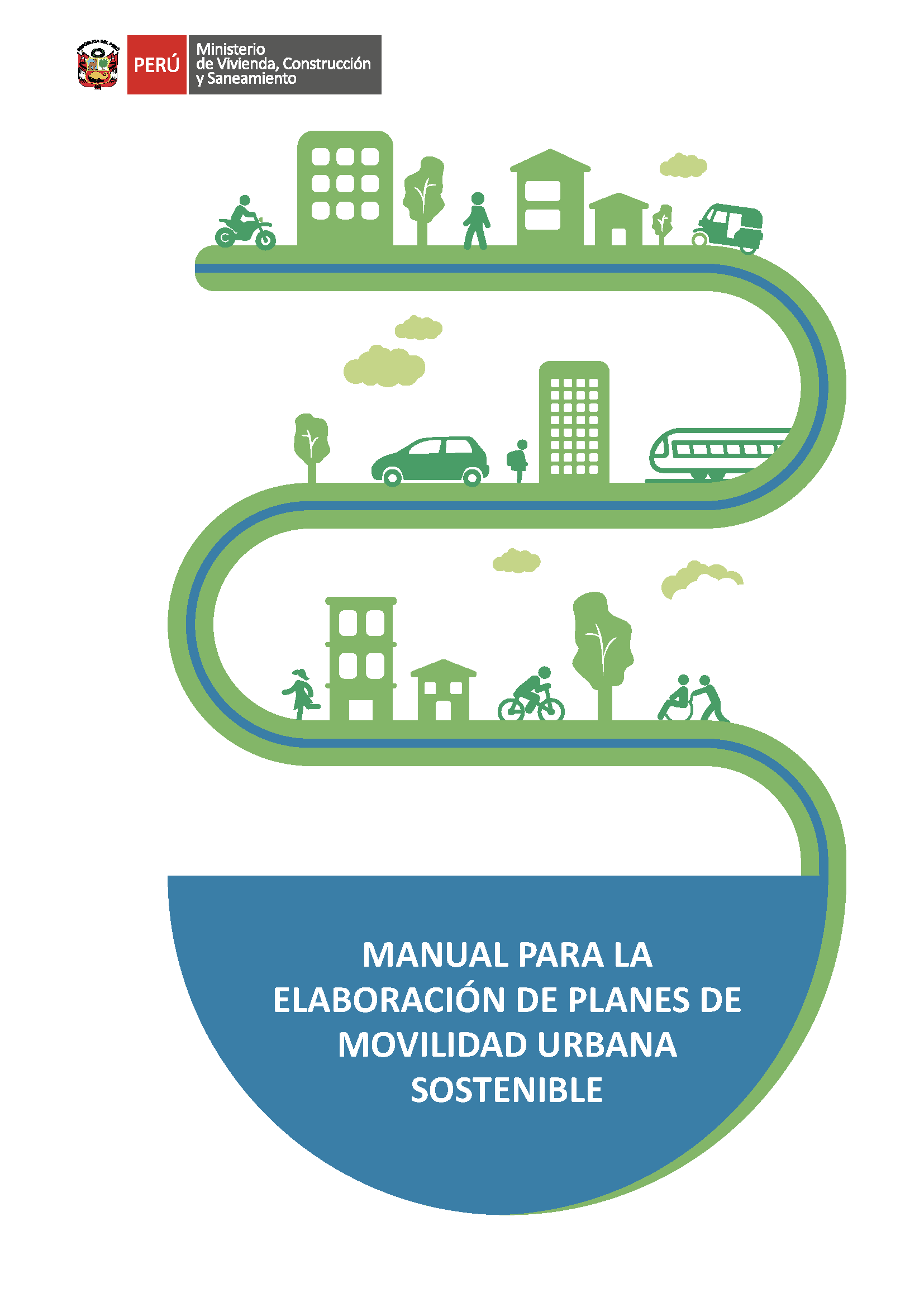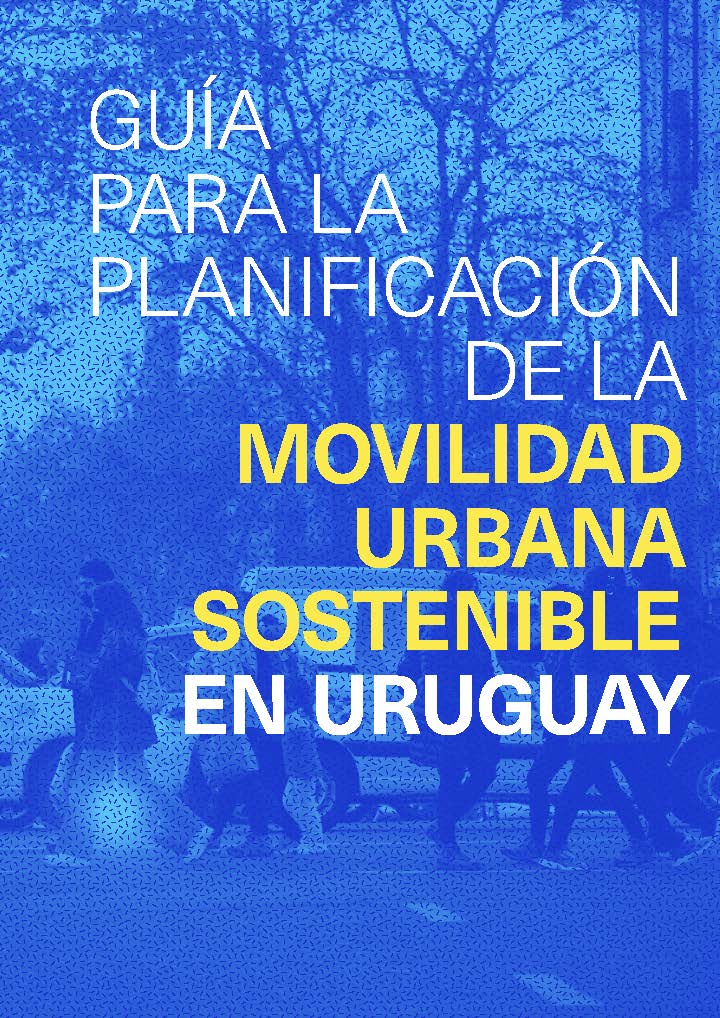
Urban Mobility Guidelines have been developed by international, regional (European and African) and national agencies to help cities develop urban mobility plans. Details of these urban mobility guidelines and links to the actual documents are presented below.
International Urban Mobility Guidelines
n
International Guidelines
Global | 2021 | English
Better Urban Mobility Playbook
The Better Urban Mobility Playbook recently published by the UITP is a tool for governments and local decision makers to build better urban mobility and achieve inclusive, resilient and sustainable cities. It identifies challenges and specific solutions with concrete actions and successful practices from the UITP community. To move towards sustainable urban mobility systems, cities must work on a combination a solutions, from designing cities around public transport and active mobility, optimising road and street management and deploying innovative and efficient public transport systems. Only a combination of integrated land-use and mobility planning, car restriction policies, improvements of the public realm around clean and efficient public transport and active mobility will help deliver on the objectives set out by the Paris Agreement to build healthy cities with people at the centre.
Global | 2020 | English
The Guidelines for City Mobility have been developed by the World Economic Forum’s (WEF) Global Future Council on Mobility, They proposes eight guidelines that are intended to complement the operating authority of cities with the creativity and innovation of the private sector.
- Data sharing: share and leverage data;
- Public space usage and infrastructure: minimize public space allocated to mobility systems;
- Safety: ensure the physical safety, information security and wellbeing of all people;
- Inclusion and equity: with particular emphasis on incorporating marginalized communities;
- Fair work: to provide safe, sustainable and inclusive services;
- Shared mobility and pooling: increase shared mobility and co-loading of goods for all modes;
- Clean transition: work towards zero-emissions public and private fleets; and
- Multi-modal integration: generate mobility-as-a service solutions to expand mobility coverage.
n
Regional Guidelines
Europe | 2019 | English
Guidelines for Developing and Implementing a Sustainable Urban Mobility Plan
The EU Guidelines have been developed by Rupprecht Consult and have been endorsed by the EU for European cities. They are recognized as the most significant guidelines for developing urban mobility plans and they have been adopted and adapted by many cities throughout the world. This second edition of the EU SUMP Guidelines is the result of an intense stakeholder engagement process throughout Europe.
- Section 1 introduces the SUMP concept to readers who are not professional planners,
- Section 2 is a comprehensive step-by-step description of the SUMP process.
Several Annexes complete the Guidelines. Annex A offers a glossary of important terms to facilitate a common understanding across different languages and planning cultures. Annex B describes a planning checklist for the SUMP process. Annex C includes more detailed descriptions of all good practice examples.
Europe | 2021 | English
Sustainable Urban Mobility Planning in Smaller Cities and Towns
This document provides guidance on how to successfully develop and implement a Sustainable Urban Mobility Plan (SUMP) in smaller cities and towns. It applies the concept of SUMP, as outlined by the European Commission’s Urban Mobility Package and described in detail in the European SUMP Guidelines (second edition) to the planning realities of urban areas with less than 100,000 inhabitants. Based on analyses of their specific challenges and opportunities, it presents planning methods, tools and policies that have proven to be effective – accompanied by good practice examples from all over Europe. Smaller cities and towns often have fewer resources and expertise for strategic mobility planning, making it more difficult to develop SUMPs. They also tend to be more car-dependent, but they often have well-connected social communities and more walkable and bikeable distances, offering opportunities for sustainable mobility
Eastern Europe Central Asia | 2020 | English
Handbook on Sustainable Urban Mobility and Spatial Planning
The UN Economic Commission for Europe has published guidelines the Eastern Europe Central Asia Region for urban policy and decision makers. They provide access to a wealth of resource materials and references to multiple case studies, good practices and examples from cities across the Euro-Asian region and beyond. The handbook advocates that urban masterplans across UNECE countries should be converted into integrated urban and transportation development strategies with rolling investment plans in sustainable mobility systems. In addition, it provides insights on approaches being developed in the Russian Federation and the Commonwealth of Independent States. The handbook stresses the importance of accessibility as a key performance indicator of the quality of the urban transport system and public passenger transport services. It also stresses the importance of inclusiveness of decision-making the wide involvement of all categories of users in all discussions. It recommends shifting mobility planning to accessibility planning while improving the environment, the urban economy and the physical activity of citizens.
Africa | 2021 | English
Urban Mobility in African Cities
Through its Africa Transport Policy Program (SSATP), in 2021 the World Bank undertook a review of urban mobility in Africa along with recommendations for developing national urban mobility policy and delivering at the city level. The SSATP has developed guidance and prepared specific recommendations for urban mobility policy for 12 Sub-Saharan African countries. It provides a concise synthesis of the key issues and guidance. The SSATP has developed an eight-step process for bringing about change. This stresses the need to promote intensive urban development along transport corridors and to control the urbanization of agricultural land on the periphery of a city. It recommends structuring cities more effectively by making them less costly to live in for their inhabitants, more conducive to economic and social interaction, and less dependent on individual transport modes and less intrusive to arable land.
n
National Guidelines
Brazil | 2017 | Portuguese
Sete Passos: Como construir um plano de mobilidade urbana
The first Brazilian Urban Mobility Guidelines (Caderno de Referência para Elaboração de Plano de Mobilidade Urbana) were published in 2015 and were inspired by the EU 2013 Guidelines. These were updated in 2017 based on experience with developing urban mobility plans in Brazil since 2013. The updated Guidelines are entitled "Sete Passos: Como construir um plano de mobilidade urbana" (Seven Steps: How to develop an urban mobility plan).
Chile | 2021 | Spanish
Estrategia Nacional de Movilidad Sostenible
The Chilean National Sustainable Mobility Strategy (Estrategia Nacional de Movilidad Sostenible) was published in 2021 by the Ministry of Transport and Telecommunications. The Strategy sets the technical and political guidelines for the local implementation of sustainable mobility measures through the definition of key concepts, the identification of the main challenges at the country level in this area, the generation of a long-term vision, the introduction of the necessary change approach and the specific objectives of the Strategy, and finally, the selection and description of measures, as well as their possible implementation mechanisms. It is a guiding document for the design of investment programs, which will act as tools for implementing the Strategy. It takes a multi-sectoral approach and is linked to laws and policies of other sectors such as urban development, housing, health and energy. It uses a participatory process to identify and differentiate trends and priorities to achieve sustainable mobility at a city scale.
China | 2022 | English
Sustainable Urban Mobility Planning (SUMP) in the Chinese Urban Context
This report aims to further promote the concept of Sustainable Urban Mobility Planning (SUMP) in Chinese cities. For this purpose, lessons learnt from the implementation of the SUMP Foshan pilot project are shared, with the intention of guiding other practitioners on how to adapt SUMP to institutional frameworks in their cities. It is noted that the planning insights from Foshan represent recommendations and conclusions drawn from the SUMP process together with the city, but do not represent official planning guidelines. This report methodology is 100% based on the EU Guidelines and is designed to provide practical advice underpinned by Foshan’s example for Chinese cities and planning institutions, who are interested in developing SUMP for their own cities.
India | 2017 | English
Toolkit for Comprehensive Mobility Plan (CMP)
In 2008 the Indian Ministry of Urban Development (MoUD) prepared and issued a toolkit for the preparation of a Comprehensive Mobility Plans (CMP). It encouraged cities to prepare CMPs before seeking funding for urban transport projects. More than 50 cities have prepared CMPs using the CMP toolkit. A critical review revealed that these CMPs did not follow the toolkit and did not meet the requirement of social, economic and environmental sustainability of urban transport. A revised toolkit was prepared by the Institute of Urban Transport (IUT) India and published in 2014 by MoUD. It has a focus on climate change and sustainable development and provides guidance for integrating the inclusiveness agenda through consultation within the transport planning processes. It focusses on integration of land use and transport and includes new data collection formats so that information on different socio-economic groups and gender is explicitly collected and used for planning purposes.
Indonesia | 2021 | English
Indonesia: Sustainable Urban Mobility Planning Guidelines
These Guidelines were prepared by the World Bank and published in 2021. They are inspired by the EU Guidelines and, in the spirit of learning by doing, were drawn up during the development of the first Sustainable Urban Mobility Strategy and Action Plan in Indonesia for the Bandung Metropolitan Area by the World Bank in 2020. They emphasize the involvement of stakeholders and citizens in the planning process, the alignment of policies between sectors (transport, land use, environment, economic development, social policy, health, safety, energy, etc.) and neighboring local government units. Other innovations include:
- The comprehensive integration of mobility measures with spatial planning; and
- The development of long-term (10 year) “Strategies” rather than "Plans" to provide a framework for the implementation of integrated urban mobility and spatial planning improvement measures
Italy | 2022 | Italian
Vademecum per la redazione del Piano Urbano di Mobilità Sostenibile (PUMS)
National Decree no 396 establishes the mandatory adoption of SUMPs for all Italian municipalities with more than 100,000 inhabitants. A dedicated office at the Ministry of Infrastructure and Transport checks the coherence of draft SUMPs against the European Commission’s SUMP Guidelines and evaluates them, while requesting review, implementation, changes and improvements where needed. The Ministry has developed a platform to check the calculation of 17 indicators, where input is mandatory for each Municipality and/or Metropolitan Area to monitor the achievements of key performance indicators (KPIs). The “Vademecum" (handbook) has been published, containing operational guidelines for the preparation of the SUMP. The operational guidelines enhance the experience of Italian municipalities and metropolitan cities that already have a SUMP, indicating some best practices for each procedural step.
Kosovo | 2021 | English
Guidelines for Sustainable Urban Mobility Plans for Kosovo Municipalities
The Kosovo National Guidelines on Sustainable Urban Mobility Planning (SUMP) were prepared with the assistance of UN HABITAT. They draw on the EU Guidelines and take a fresh, forward-looking approach for a relatively new field of action by municipalities and their partners in Kosovo. Taking into account existing guidance from the European Union and experiences from implementing SUMPs in Mitrovica South Municipality and Mitrovica North Municipality, they aim to provide guidance on developing sustainable urban transportation systems and improve the quality of life, social equity, transport accessibility, intermodal integration, economic viability, urban attractiveness, sustainability and environmental quality by ensuring that all people, businesses and other affected parties are involved and benefit from this process. The implementation of a SUMP would improve and harmonize the needs of all for free and safe movement while enhancing citizens living comfort and ensuring a better quality of life. As part of the sustainable recovery from the COVID-19 pandemic, these Guidelines aim to help cities to choose sustainable mobility pathways.
Perú | 2021 | Spanish
Manual para la Elaboración de un Plan de Movilidad Urbana Sostenible
The Perú National Sustainable Urban Mobility Planning Guidelines (Manual para la Elaboración de un Plan de Movilidad Urbana Sostenible) were published in 2021 and prepared by the Ministerio de Vivienda, Construcción y Saneamiento (Ministry of Housing, Construction and Sanitation). Although they are inspired by the EU Guidelines they draw extensively on the Mexican and Brazilan national guidelines as models. They have been developed to meet the needs of Peruvian cities. For example, the objectives are to improve access to services and ensure affordability of moving around cities according to city size. The guidelines provide a timeframe for preparing a plan (12 months) and place considerable emphasis on consultation with society throughout an eleven-step planning process. They recommend analysing accessibility and they include sample terms of reference for staff required to develop an Urban Mobility Plan. They also place emphasis on the development of mobility indicators and include an Annex devoted to the development of 32 specific urban mobility indicators.
Uruguay | 2021 | Spanish
Guía de Planificación de la Movilidad Urbana Sostenible en Uruguay
The Uruguay Sustainable Urban Mobility Planning Guidelines (Guía de Planificación de la Movilidad Urbana Sostenible en Uruguay) were published in 2021. They were developed to help the National Directorate of Territorial Planning to incorporate in a more robust way the theme of mobility in the development of land management instruments. The Guide is organized in four parts. Part I sets out a series of concepts and principles related to sustainable mobility, and details the context of mobility in Uruguay. Part II deals with the planning process, its stages and components. Part III presents a broad set of measures for sustainable urban mobility, with guidelines, recommendations for their planning, design and implementation, examples of good practices and technical references. Part IV contains principles and criteria for the design of urban mobility and infrastructure oriented towards sustainable urban mobility.



